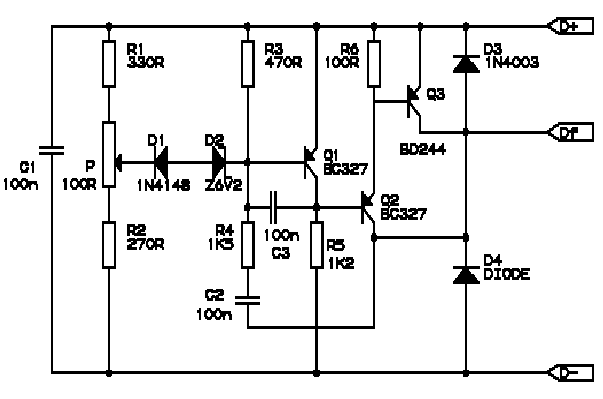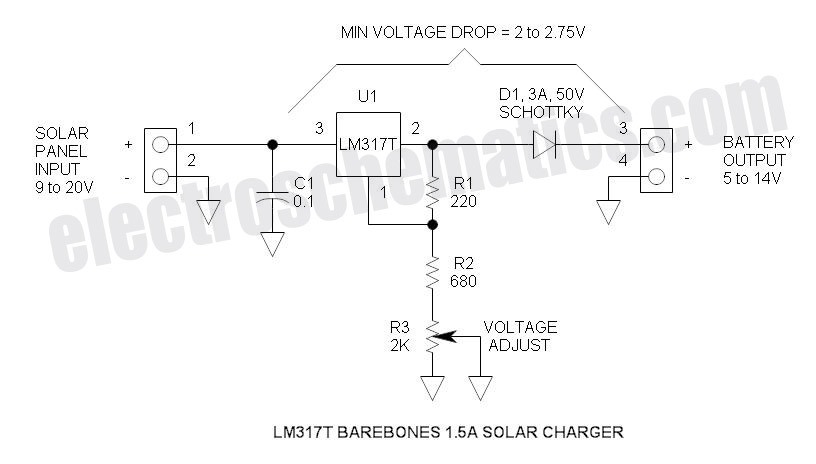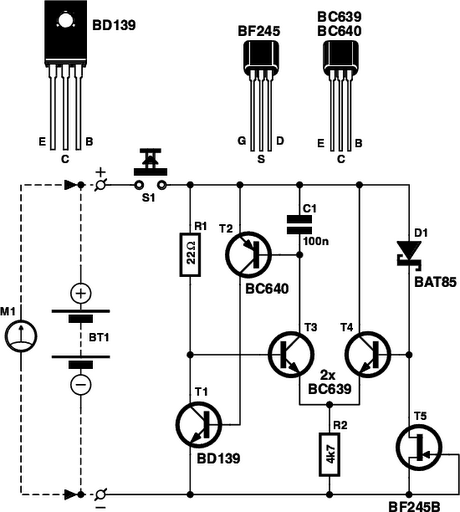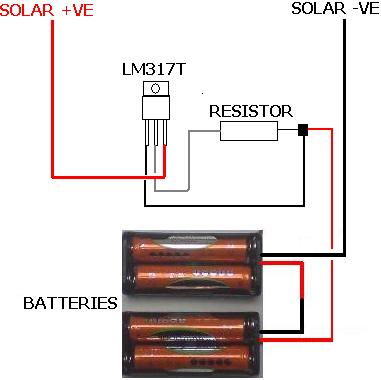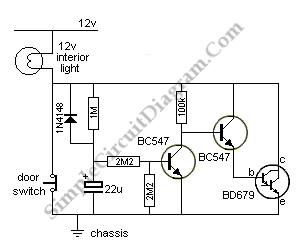
Car and Motorcycle Battery Tester

Camping today often requires bringing various electronic devices for daily activities or entertainment. Frequently, a charge is needed for these devices.
In modern camping scenarios, the reliance on electronic devices has significantly increased. Campers typically bring smartphones, tablets, GPS devices, portable speakers, and other gadgets that enhance their outdoor experience. As a result, the demand for reliable power sources has become paramount.
To address this need, a comprehensive power management system can be designed. This system may consist of a portable solar panel, a battery management unit, and various output ports for charging different types of devices.
The solar panel converts sunlight into electrical energy, which is then fed into a rechargeable battery. The battery management unit regulates the charging and discharging processes to ensure optimal battery health and longevity. It can feature overcharge protection, temperature monitoring, and a state-of-charge indicator.
Output ports can include USB-A and USB-C for compatibility with a wide range of devices, as well as a 12V output for larger appliances. A built-in inverter may also be included to convert DC power from the battery to AC power for devices that require it.
This power management system can be housed in a rugged, weather-resistant enclosure to withstand outdoor conditions, ensuring that campers have access to power when needed. Additionally, integrating a user-friendly interface with LED indicators can enhance usability, allowing users to easily monitor battery levels and power output.
Such a system not only supports the practical needs of campers but also contributes to a more enjoyable and connected outdoor experience.Going camping nowadays involves taking lots of electronic equipment whether for day to day running or for fun and entertainment. Most of the time a charge.. 🔗 External reference
In modern camping scenarios, the reliance on electronic devices has significantly increased. Campers typically bring smartphones, tablets, GPS devices, portable speakers, and other gadgets that enhance their outdoor experience. As a result, the demand for reliable power sources has become paramount.
To address this need, a comprehensive power management system can be designed. This system may consist of a portable solar panel, a battery management unit, and various output ports for charging different types of devices.
The solar panel converts sunlight into electrical energy, which is then fed into a rechargeable battery. The battery management unit regulates the charging and discharging processes to ensure optimal battery health and longevity. It can feature overcharge protection, temperature monitoring, and a state-of-charge indicator.
Output ports can include USB-A and USB-C for compatibility with a wide range of devices, as well as a 12V output for larger appliances. A built-in inverter may also be included to convert DC power from the battery to AC power for devices that require it.
This power management system can be housed in a rugged, weather-resistant enclosure to withstand outdoor conditions, ensuring that campers have access to power when needed. Additionally, integrating a user-friendly interface with LED indicators can enhance usability, allowing users to easily monitor battery levels and power output.
Such a system not only supports the practical needs of campers but also contributes to a more enjoyable and connected outdoor experience.Going camping nowadays involves taking lots of electronic equipment whether for day to day running or for fun and entertainment. Most of the time a charge.. 🔗 External reference
